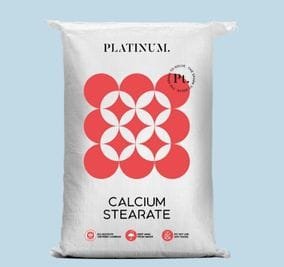Stressed industries

In its recent Financial Stability Report, the Reserve Bank of India (RBI) noted continued stress on banks’ balance sheets but expects improved macro stability to provide some relief going forward.
Banks’ gross non-performing assets (GNPA) jumped to 7.6 per cent of total advances by March 2016 from 5.1 per cent in September 2015.
Including restructured standard advances, overall stressed loans rose marginally to 11.5 per cent in March 2016 (vs 11.3 per cent six months prior).
The stress is the highest in the industrial sector, followed by services, agriculture and retail, noted Development Bank of Singapore (DBS) in its daily market report on July 8, 2016.
Other stress tests conducted by the central bank suggest further pain is in store, with baseline projection pointing to GNPA of 8.5 per cent by March 2017, which could worsen the ratio to 9.3 per cent in a severe stress scenario, it added.
Encouragingly, gradual unwinding of corporate leverage is underway, but trends suggest the strain on the banking sector is yet to run its course, observed DBS.
The proportion of firms in the central bank’s sample wit negative net worth, i.e. debt equity ratio of equal/more than 2.0, declined from 19 per cent in 1Q2015 to 14 per cent in 1Q2016. The share of such firms in total debt eased from 33.8 per cent to 20.6 per cent by 1Q2016.
In a similar vein, “highly leveraged” firms (i.e. debt equity ratio of equal to more than 3.0) eased from 14.2 per cent in 1Q2015 to 12.9 per cent in 1Q2016.
Share of such firms in total debt fell to 19 per cent by 1Q2016 from 23 per cent.
While overall corporate sector stability has improved in Fiscal Year15/16 compared to 2007-08, the profile of stressed industries suggests that the deleveraging process is not on account of turnaround in demand, improved liquidity or lower credit costs.
Iron and steel industry faces highest leverage and interest burden as of March 2016.
This is followed by construction, power, telecom and transport industries.
Hence, instead of an improved business environment translating into better corporate earnings, leveraged firms continue to hive off their non-core businesses or are in midst of a debt restructuring exercise with its banks (debt converted to equity).
Press reports pegged planned asset sales by top 10 indebted business houses in the economy at INR830bn since Apr15, but demand has been lukewarm.
Rating agencies voiced concern over public sector banks’ capital needs and inadequacy of funding options.
Moody’s expects asset quality to be under pressure over next year.
Despite government’s plans to increase capital infusions into banks, Fitch cautioned that more injections were require to support banks’ credit needs, while the latter also manages pressures of asset quality, resolution of problem loans and elevated credit costs. fii-news.com








